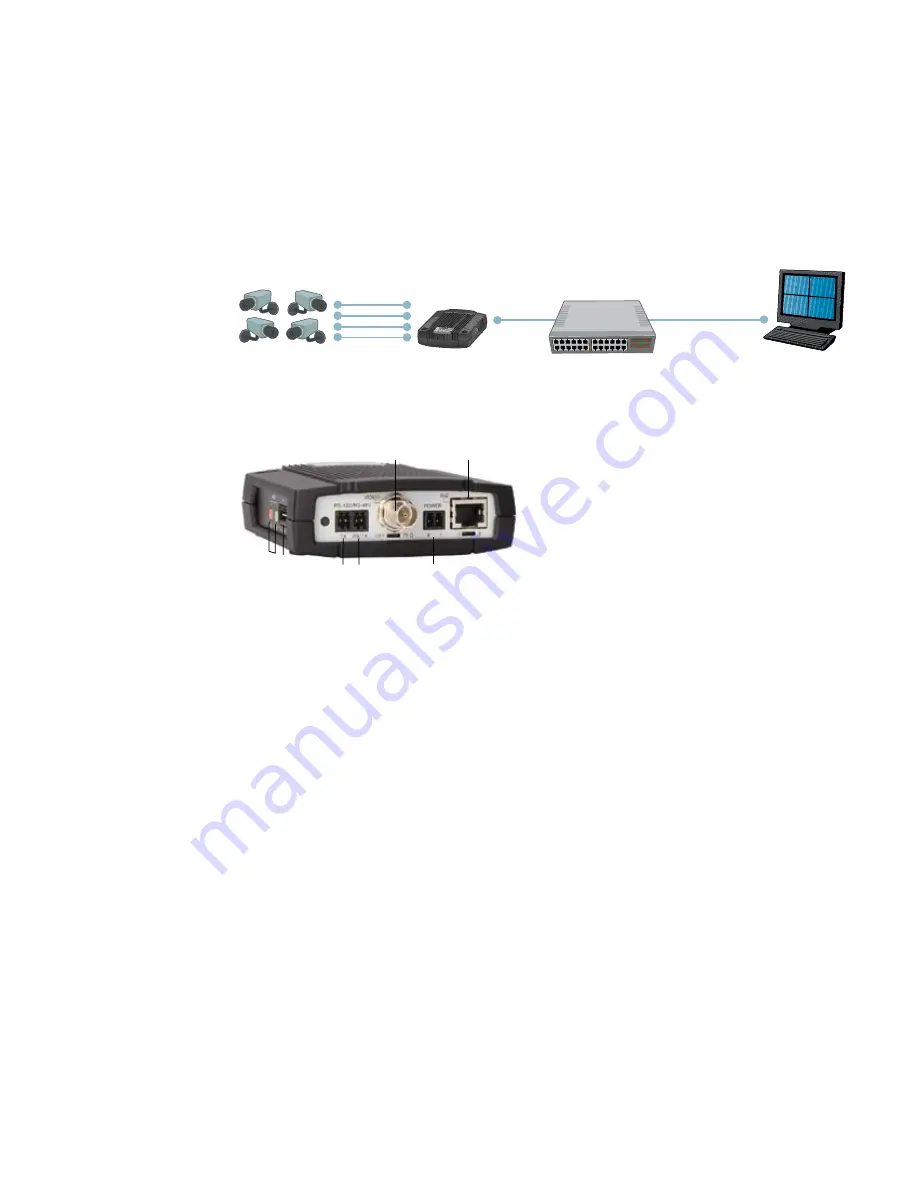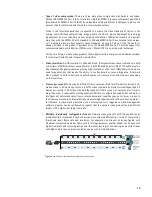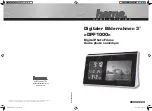
19
Video encoder
If you already have existing analog CCTV surveillance cameras and want to move to an IP-based surveil-
lance system, you can still make use of your analog investments by adding a video encoder (also called
a video server). Simply connect a video encoder to analog cameras. The encoder converts analog signals
into digital video and sends them over an IP network, enabling users to remotely monitor the cameras,
as well as record and store video on standard PC servers. A video encoder brings new functionalities and
benefits, such as remote monitoring capabilities, event management, scalability and ease of integration
with other security systems. It also eliminates the need for dedicated equipment such as coaxial cabling,
analog monitors and digital video recorders.
Figure 2.2.a.
A video encoder migrates analog cameras into an IP-based video solution
Figure 2.2.b.
A one-channel, standalone video encoder with audio, I/O (input/output) ports for controlling external devices such
as sensors and alarms, serial ports (RS-422/485) for controlling PTZ analog cameras and Ethernet connection with Power over
Ethernet support.
A video encoder can be connected to a wide variety of specialized cameras, such as a highly sensitive
black and white camera, a miniature or a microscope camera, in addition to fixed, dome, indoor, outdoor
and pan/tilt/zoom analog cameras.
A standalone video encoder typically provides between one and four connections to analog cameras, as
well as an Ethernet port to connect to the network. Like network cameras, it contains a built-in web
server, a compression chip, an operating system and processing power for local intelligence.
Besides digitizing analog signals, a video encoder can support a host of other functions: for example, in-
telligent video functionalities such as video motion detection, active tampering alarm and audio detec-
tion; digital inputs and outputs (I/O, which can trigger the encoder to start sending images or to activate
alarms and devices such as lights and doors); and serial port(s) for serial data or control of pan/tilt/zoom
cameras and devices. With image buffering, a video encoder can also send pre- and post-alarm images.
Some Axis video encoders also support Power over Ethernet (PoE), which enables the video encoders, as
well as the analog cameras that are connected to them, to receive power through the same cable as for
data transmission. Installation is easier and costs are reduced since there is no need to run separate
cables for power. It also makes it easier to move a camera/video encoder to a new location. With PoE, a
camera/video encoder can still operate in the event of a power failure if it is connected to a centralized
backup power with an Uninterruptible Power Supply.
2.2.
Network switch
Computer with
video management
software
LAN
LAN/Internet
Axis video
encoder
AU
DIO
I/O
IN
OU
T
1
2
3
4
5
6
Analog Coax
Cabling
Analog
cameras
Audio I/O
RS-422
RS-485
Analog input
Power
Ethernet (PoE)
Summary of Contents for IP-Surveillance system
Page 49: ...49 ...
















































